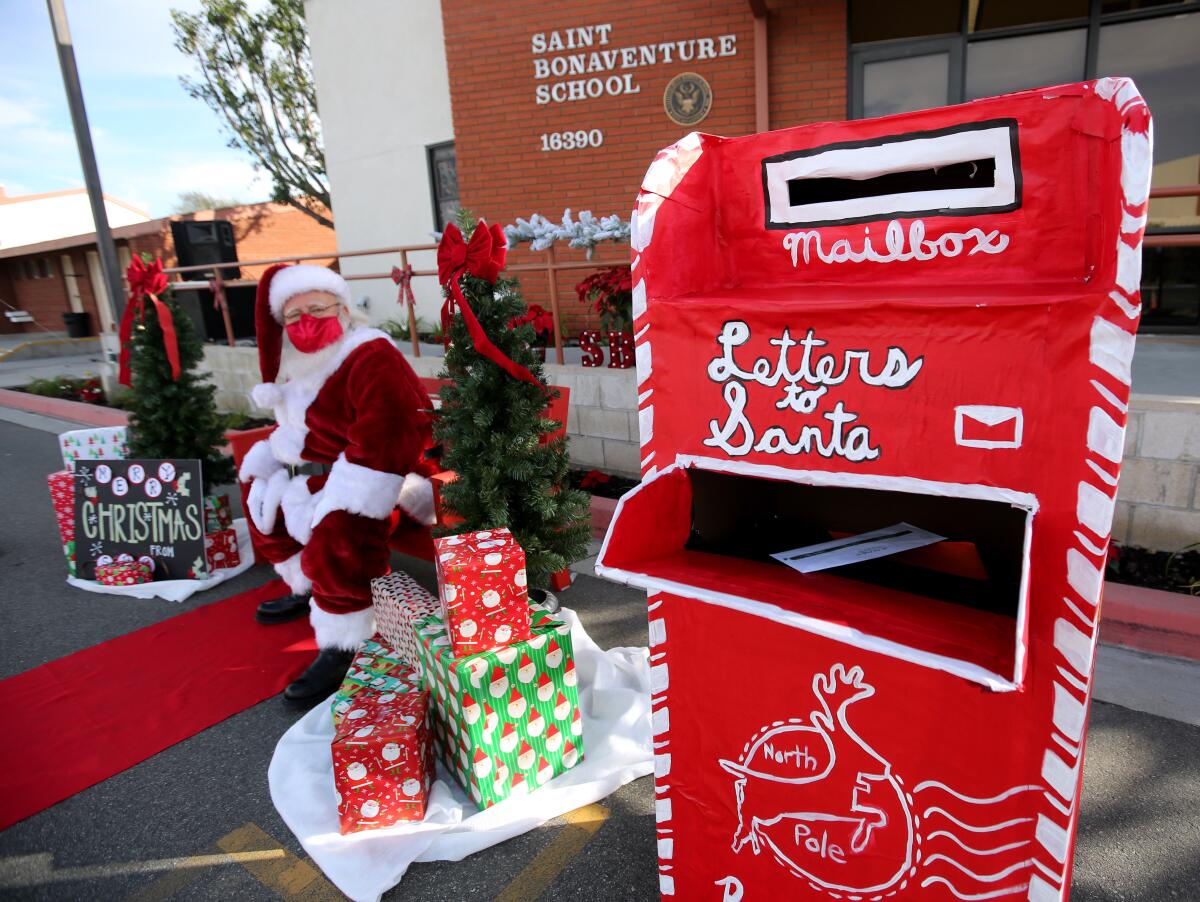A Word, Please: Heed this holiday advice on plural names and apostrophes

Every year in this column, I give tips for how to avoid the most common writing mistakes in holiday greetings and invitations. And every year, I’m reminded of just how influential I’m not as people far and wide repeat the mistakes: Merry Christmas from the Smith’s! Happy Holidays from the Wilson’s. We look forward to seeing you this year at Joe Gomez’ house. And on and on. So here’s my 2023 edition of how to make names plural, possessive and plural possessive in your holiday greetings.
1. Don’t use an apostrophe to form the plural of a family name. Clay and DeeDee Smith are the Smiths, not the Smith’s.
2. Don’t use an apostrophe to form the plural of a family name even if it ends in a vowel. Just because the plural name Mancinis looks like the last syllable should be pronounced “iss,” that’s no excuse for using an apostrophe. Ignore your ear and follow the rule: Add just an S to make plurals of last names ending in vowels. One Mancini, two Mancinis. One Popescu, a whole family of Popescus. One Cho, all the Chos.
3. Use and ES and no apostrophe to form the plural of a family name that ends in S, Ch, Sh, X or Z. “We’re visiting the Walshes this Christmas” is correct. Not “the Walsh’s.” “We’re traveling with the Williamses” is correct. Not “the Williams’s” or “the Williams’.” For these, it’s especially important to remember whether you want to make the name plural, possessive or both, because these names in possessive form get tricky. But to simply make plural a name ending in S or another of these letters, just add the ES: We love spending time with the Basses, the Gomezes and the Maddoxes.
June Casagrande shares a varied holiday shopping list of books on language for grammar-savvy readers.
4. Don’t change the spelling of a name that ends in Y. Berrys aren’t berries. They’re people whose last name is made plural the same way most names are: with just an S. The Quincys. The Murphys. The Zelenskys.
5. Don’t insert an apostrophe in front of an S that’s part of the name. If you’re writing a card to people with the last name of Williams, don’t talk about them as “the William’s.” Two people named James are never “the Jame’s.”
6. Form possessives of singular and plural names the same way you form possessives of singular and plural generic nouns. You already know to add an apostrophe plus an S to make most singular nouns possessive: the cat’s tail. You also know that if the noun is plural, you usually make it possessive with just an apostrophe placed after the plural S: the cats’ tails. Keep that in mind when writing possessives of proper names on holiday greetings. The house owned by the Smiths is the Smiths’ house. The party thrown by the Mangiones is the Mangiones’ party. Of course, if just one person named Mangione is throwing the party, it’s Bob Mangione’s party. But it’s those plural possessives that you have to watch out for.
7. Don’t make exceptions for names ending in X or Z. Outdated style books used to say that names ending in X or Z had their own set of rules for forming possessives. Not so. For singular possessives ending in X or Z, add apostrophe plus S: Donna Cox’s party. Paul Martinez’s house. For plural possessives ending in X or Z, first make plural by adding ES, then add the apostrophe on the end as you do for all plural possessives. The Coxes’ party. The Martinezes’ house.
8. Pick your style for forming possessives of singular proper names ending in S. Some rule-makers say that singular proper names that end in S form the possessive just like every other word: by adding an apostrophe and S: Mr. Jones’s hat. Others say to add just an apostrophe: Mr. Jones’ hat. Either way is fine. Just remember this applies only to singular names.
June Casagrande is the author of “The Best Punctuation Book, Period.” She can be reached at JuneTCN@aol.com.
All the latest on Orange County from Orange County.
Get our free TimesOC newsletter.
You may occasionally receive promotional content from the Daily Pilot.




